DON'T MISS OUT
The Sony World Photography Awards exhibition is back with a powerful mix of photography and stories from around the world, featuring top talent and fresh perspectives.
Somerset House London, 17 April - 5 May.
The Sony World Photography Awards exhibition is back with a powerful mix of photography and stories from around the world, featuring top talent and fresh perspectives.
Somerset House London, 17 April - 5 May.
Giant pools filled with sky-blue brine, streams of viscous, custard-yellow fluid cross a meringue-white landscape of dessicated minerals, mountains recede into the haze, the horizon is never-ending, the emptiness all encompassing.
The Atacama is famously the world’s driest place. Its few inhabitants have historically scraped a living breeding llamas and goats or knitting hats. It’s remote and isolated but also the world’s largest source of lithium, the element that fuels modern daily life. A smartphone battery contains three grams of lithium; an electric car, 20 kilograms. Embedded in these images are man’s attempts to tame the land. This idea of taming the landscape, of economically productive order coming out of this unpopulated wilderness suits a particular narrative. It also has precedence in mapping landscapes. From Timothy O’Sullivan’s King’s Survey pictures of the American West to nineteenth century maps detailing the division of Africa between European colonial powers, the idea of emptiness and absence is used to justify expansionism, colonialism and control.

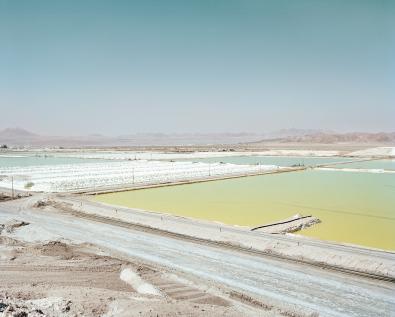
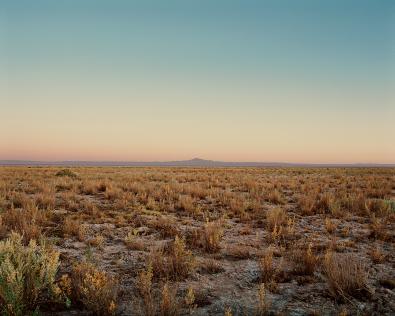
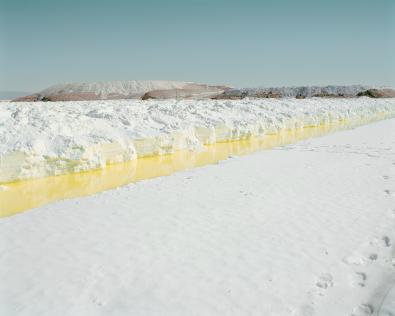
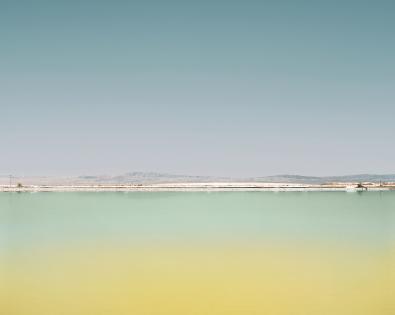
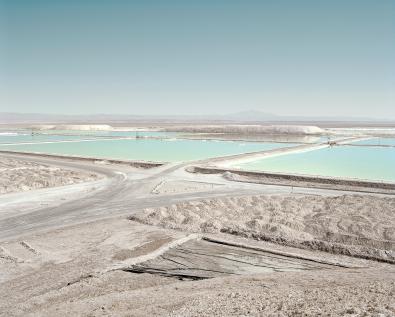
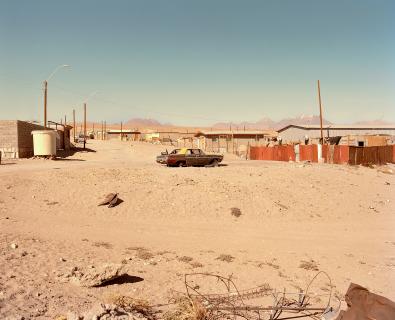
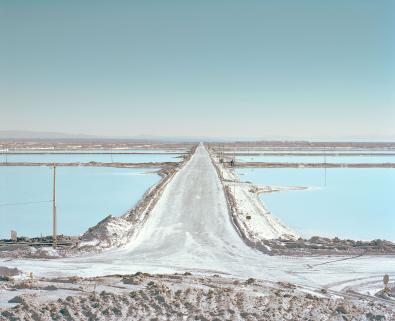
The Sony World Photography Awards exhibition is back with a powerful mix of photography and stories from around the world, featuring top talent and fresh perspectives.
Somerset House London, 17 April - 5 May.







